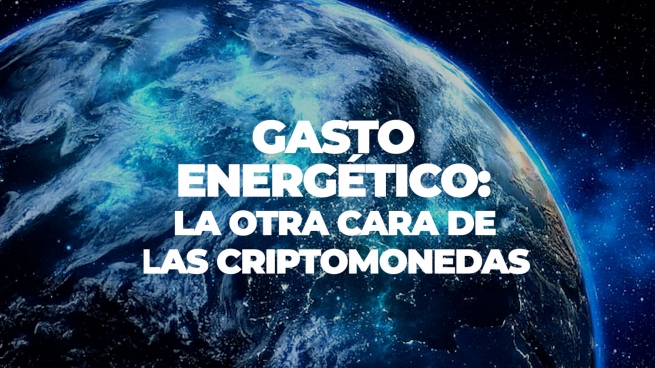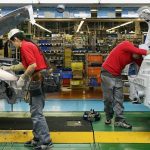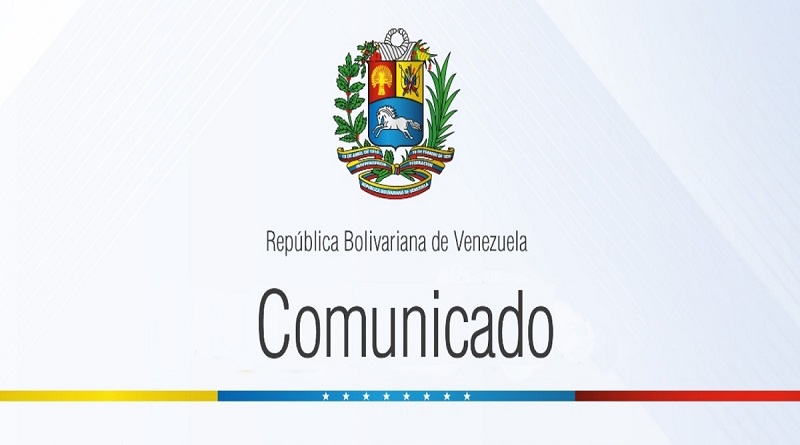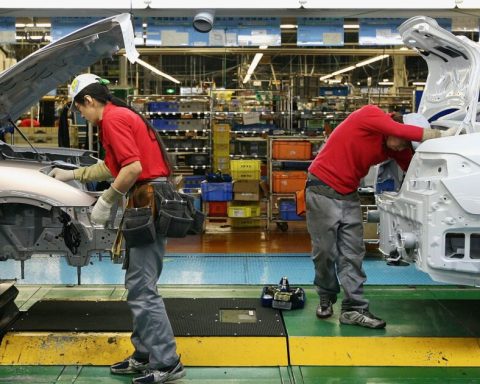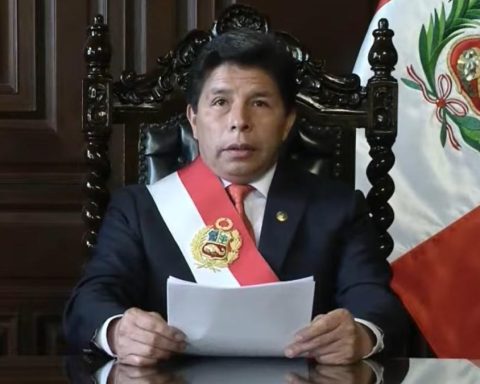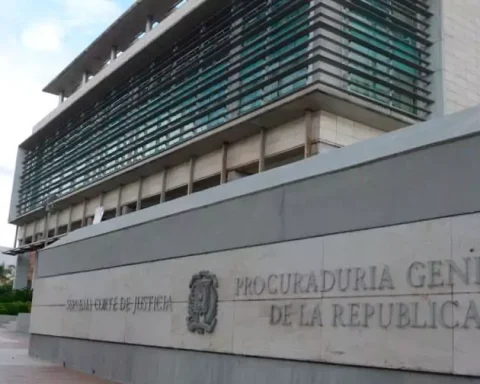Cryptocurrencies are digital assets that are traded online. Unlike money, they have no material form and function in a decentralized manner without an authority, neither banks nor governments, to regulate them. These systems are interjurisdictional in nature and work 24 hours a day, seven days a week, thanks to the work of miners from all over the world.
Miners are a fundamental piece of the technology that supports cryptocurrencies: in exchange for recording transactions, they receive a reward in the same currency they mine. Technically, a miner is not a person, it is a computer with high performance computing. A hardware specially prepared to process, validate and group the transactions made by users within a network, in blocks that will be linked to the chain of blocks, known as Blockchain. This is the technology that operates behind every cryptocurrency. The Bitcoin Blockchain, for example, is a huge database that records all transactions in Bitcoins.
When solving a transaction, the miner receives a certain amount of digital coins. The faster you can process that operation, the more likely the transaction will be verified and the miner will receive their reward. That is, the higher the equipment power, the higher the gain. But how much does a mining rig cost, how much electricity does it consume and how profitable is it?
“The investment can be 500 or 17 thousand dollars in a single machine, it depends on the video card,” Matías Urlich, CEO and founder of Minería Argentina, a store that advises and assembles equipment to mine cryptocurrencies, explains to Télam. He clarifies that price always accompanies performance: “In 2010 or 2011, you could mine Bitcoin with a cell phone, but today you need ASICs, computers with much more mining power.” As digital currencies become more popular, technology advances and the minimum investment for crypto mining gets bigger. “If 10 years ago you could mine with 50 dollars, today you need 500 to mine a very small part of a currency like Ethereum”, emphasizes Matías.
Valeria Frías, one of the pioneer women of crypto mining at the local level, explains to Télam that in search of extra income in dollars, more and more people in Argentina choose to mine cryptocurrencies from home. In fact, she ventured into this activity, first mining and then assembling the equipment that she sells. After evaluating conventional investments such as garage rentals and other real estate, “a person I knew put together the equipment for me and it was the first thing I liked about the entire crypto ecosystem, because I felt it was a tangible investment, I had a team that worked on my house and I controlled from my cell phone,” says Frías, who also works at Aeropuertos Argentinas 2000. “When the pandemic came in 2020, as the borders were closed, I stayed home in quarantine and there I went to study, to assemble, to disarm and set up my own equipment.”
“If 10 years ago you could mine with 50 dollars, today you need 500 to mine a very small part of a currency like Ethereum”Matías Urlich, CEO of Minería Argentina
With ups and downs, the cryptocurrency market did not stop growing and attracting people from the most diverse profiles. According to the Global Index of Crypto Users prepared in 2021 by the Binance company, retail users use cryptocurrencies because they consider it a long-term investment (55%), because of the distrust generated by the financial system (38%) and because of the opportunities for trade they offer in the short term (31%).
“I have very polarized clients, on the one hand those between 25 and 35 years old; and then older people like me, from 50 to 78 years old, retired people who have an income in pesos but can’t cover expenses,” Valeria details, adding that a mega-mining team generates a monthly income in dollars, “with their salary in pesos they pay for the services and with the rent, they travel”. In the case of Matías, his “ideal client is “between 30 and 50 years old, because it is expensive to mine”, and he adds that although he has younger clients between 18 and 25 years old, in general they are people who invest in a group, “10 friends who got together and bought a computer to try something new.”
Apparently anyone with enough money to invest in equipment and pay for electricity could be a miner. And the possibility of earning an income in dollars – even more so in Argentina, where the incentive of low rates is added – seems too tempting not to take advantage of it. But the main doubts of those who want to start in this activity remain the same, on the one hand, the future of the crypto market; on the other, the expense generated by a machine that works non-stop 24 hours a day.
“Many clients ask me what I proposed in 2015, if this disappears, but it will not disappear because they came to provide solutions and, fundamentally, because of the level of adoption worldwide,” Valeria underlines, adding that the value of cryptocurrencies depend on events that occur around the world, “if you take a micro look, day by day, you will see that the volatility but if you see a graph of Bitcoin from 2008 to now, you find a bullish graph: the same with Ethereum since 2014”, he explains.
Matías agrees that mistrust arises from ignorance, “when you hear about mining, it happened to me a couple of years ago, it’s complex until you get involved.” For this reason, part of the advice he provides is to clear up doubts about the operation of the machine and the electrical consumption. “Because of the cost of energy in Argentina and inflation, there are people who want to get involved because it is a passive income and an income in dollars, which leaves you more or less between 7 and 8% per month: while energy is super cheap, the kWh is 0.02 dollar cents with Edesur and 0.01 dollar cents with Edenor”, explains Matías.
The significant energy expenditure of these systems is one of their weak points. According to data collected by Statista from the Center for Alternative Finance at the University of Cambridge (CCAF), Bitcoin “consumes approximately 143 terawatt hours (TWh) of electricity per year, more than many countries and about 0.65% of global electricity consumption”.
From the CAFF analysis, which questions the sustainability and environmental impact of cryptomining, it is concluded that the Bitcoin network -the most popular cryptocurrency- annually consumes more electricity than several countries, such as Finland, Switzerland or Argentina (121 TWh). However, he stresses that these are estimates and that it is impossible to accurately quantify energy expenditure, “due to the decentralized nature of cryptocurrencies in general, there is no central authority that tracks how many computers there are or where the miners are operating.”
The Bitcoin network annually consumes more electricity than several countries, such as Finland, Switzerland or Argentina CAFF Report
Matías explains that even “if they manage to increase rates, as they have been doing, it does not affect the miner who has one or two rigs, perhaps it does affect the investor who has a large amount, with 50 rigs or 100 ASICs,” he adds. And Valeria understands it in the same sense: “What we do is home mining, it is not industrialized, this equipment does not make noise, it consumes like an air conditioner, we are not talking about the farms, which are here in our country, this is more familiar.”
Cryptocurrencies are free from a central entity that regulates them but tied to the macro phenomena of the world, and that makes them an extremely volatile market. Is it possible to project the future of crypto mining?
“The reality is that it changes every day, I think it is a test stage where eventually it will have to be regulated,” says Matías. Valeria agrees, “until there are laws in relation to cryptocurrencies, we are in a limbo, but as soon as it is regulated, we will join the regulation.”
All that can be given about crypto mining are partial visions for the near future. Operations appear to be dictated by economic rather than environmental principles, and miners will continue to play their role as long as the economic incentive to do so exists, that is, as long as mining remains profitable.
